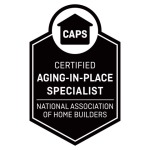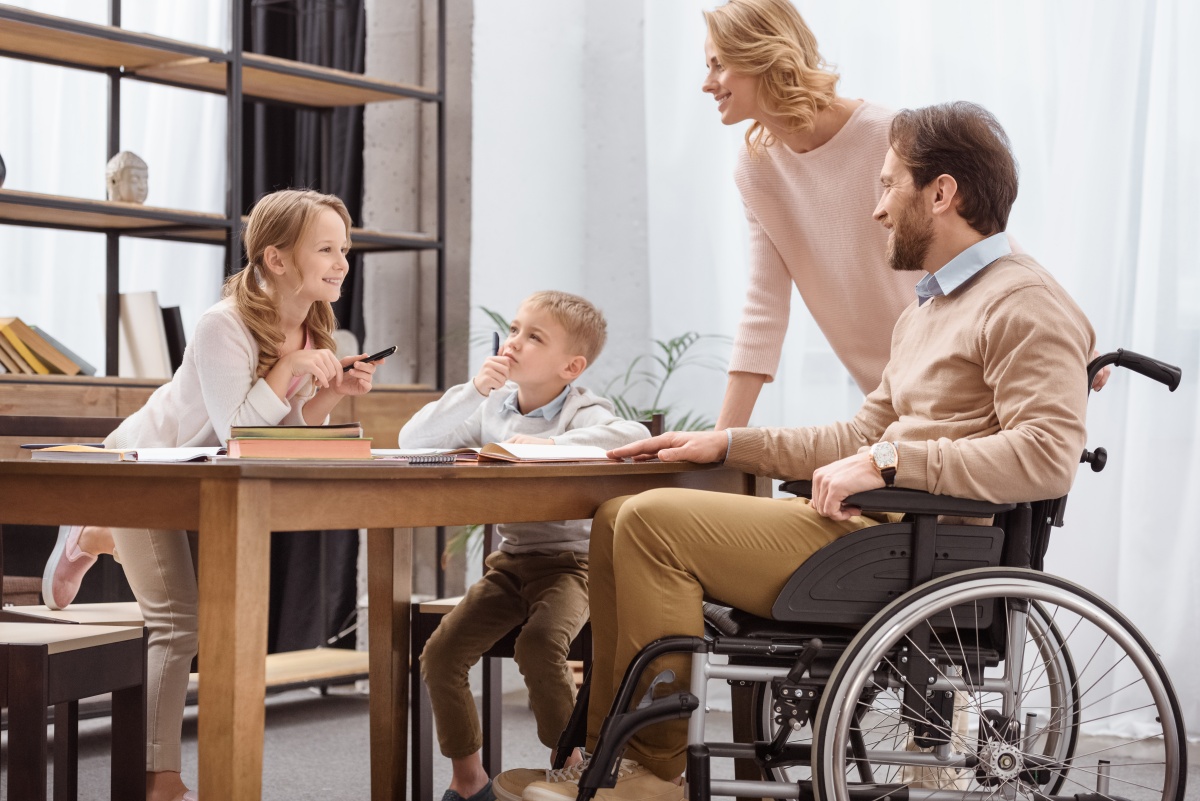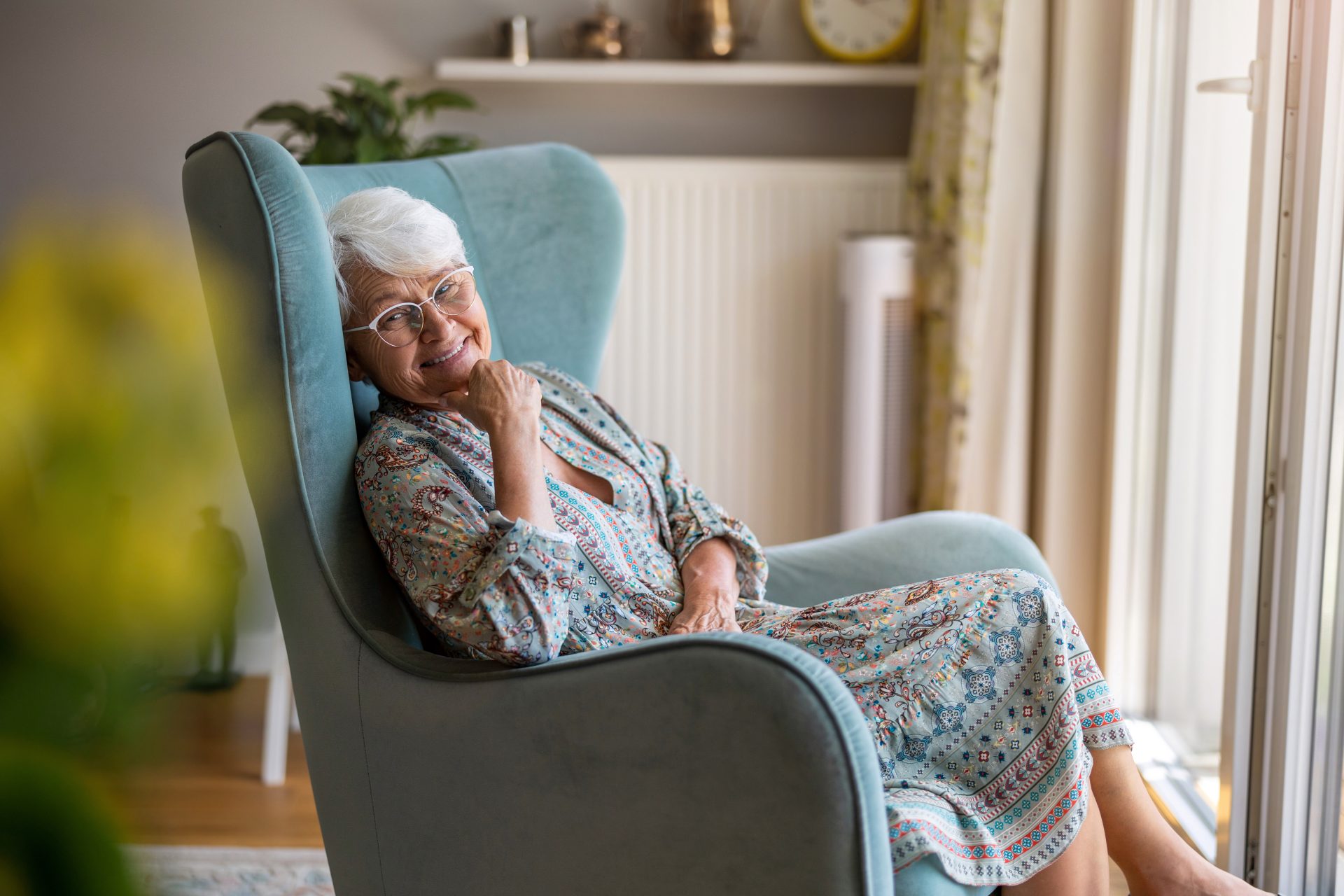What Does This Mean?
Aging in place, or transitioning in place, represents one’s ability to live in one’s own home and community safely, independently and comfortably regardless of age, income or ability level. It is important to recognize that children and young adults with disabilities all have similar desires to live in their own homes or communities and maintain their independence as they grow older.


Why Stay Home?
This means planning, making deliberate choices and taking proactive steps to ensure that you can live comfortably and independently in your own home. Here are a few key aspects of planning for the future when it comes to aging or transitioning in place:
- Home modifications: Assessing your current living space and making necessary modifications to enhance safety and accessibility is crucial. This can include installing grab bars in bathrooms, widening doorways for wheelchair accessibility, or adding ramps for easier mobility.
- Health and wellness: Taking care of your physical and mental well-being is essential for aging or transitioning in place. This involves maintaining a healthy lifestyle, staying physically active, managing any chronic conditions, and prioritizing regular check-ups and screenings.
- Social support: Building a strong support system is vital. Engage with friends, family, and community resources to foster social connections and combat isolation. Consider joining local centers, participating in community activities, or connecting with support groups.
- Financial planning: Planning for aging or transitioning in place is important. This includes budgeting for home modifications, and exploring any available government programs or resources that can assist with the expenses associated with home modifications.
Common Home Modifications
- Non-slip flooring
- Grab bars, low curb shower, shower seat, comfort height toilet
- Proper lighting & adjusting counter heights
- Roll out cabinet inserts
- Portable or fixed ramps
- Pocket doors and widening doorways
- Home elevators or lifts

We are CAPS certified, which stands for Certified Aging in Place Specialists. We combine that expertise with professional interior design & project management services, while being proud members of the Canadian Home Builder’s Association (CHBA).





